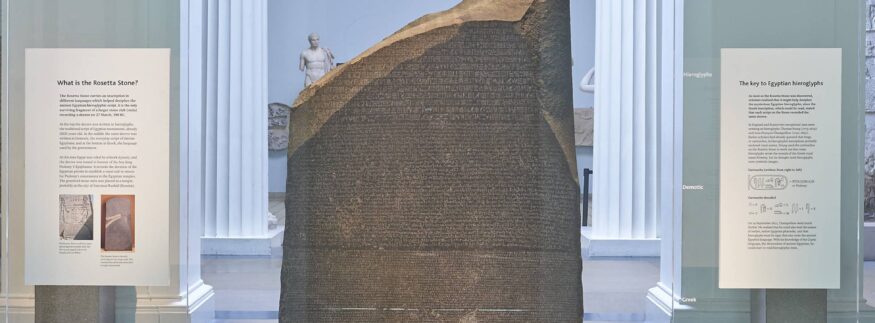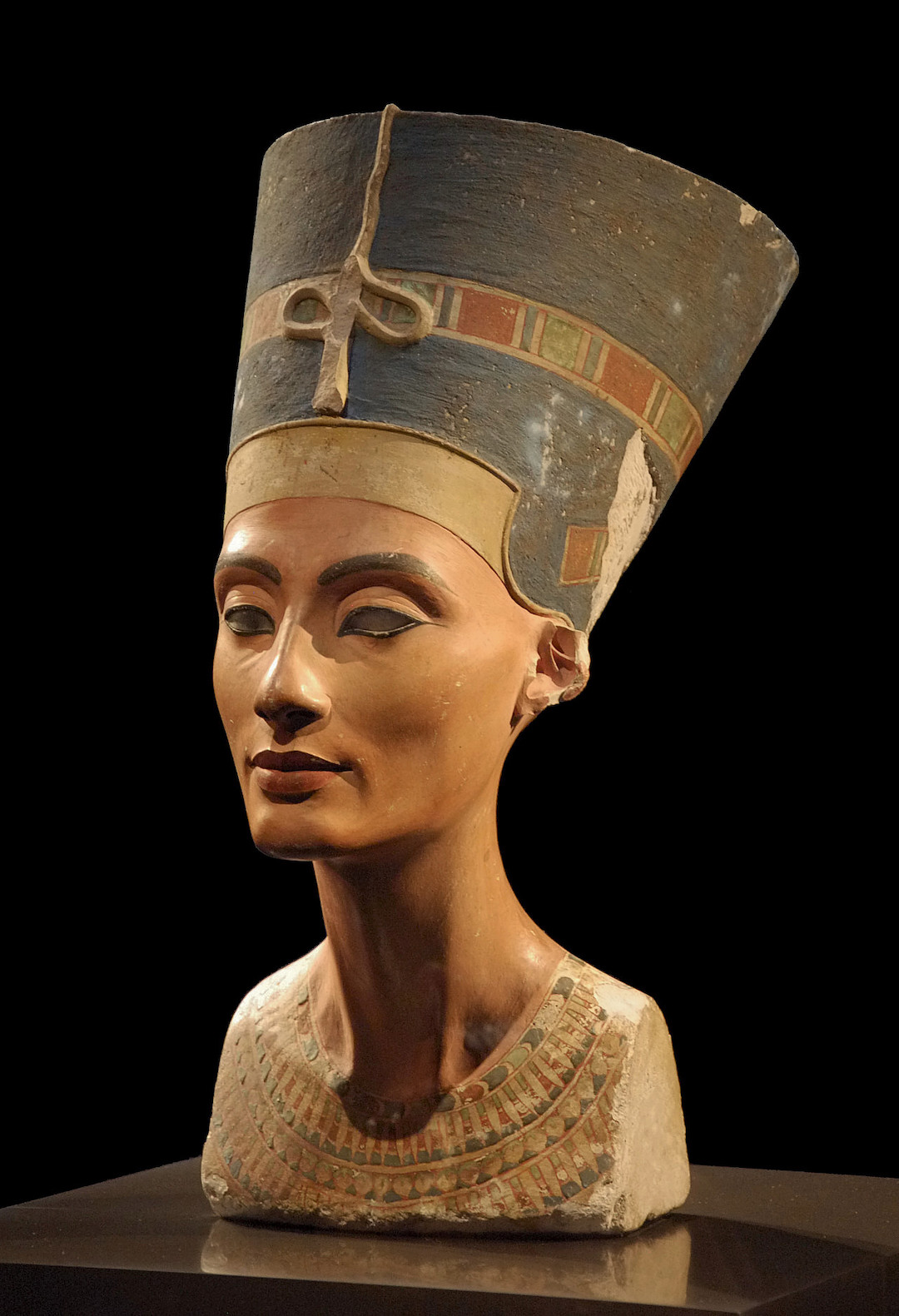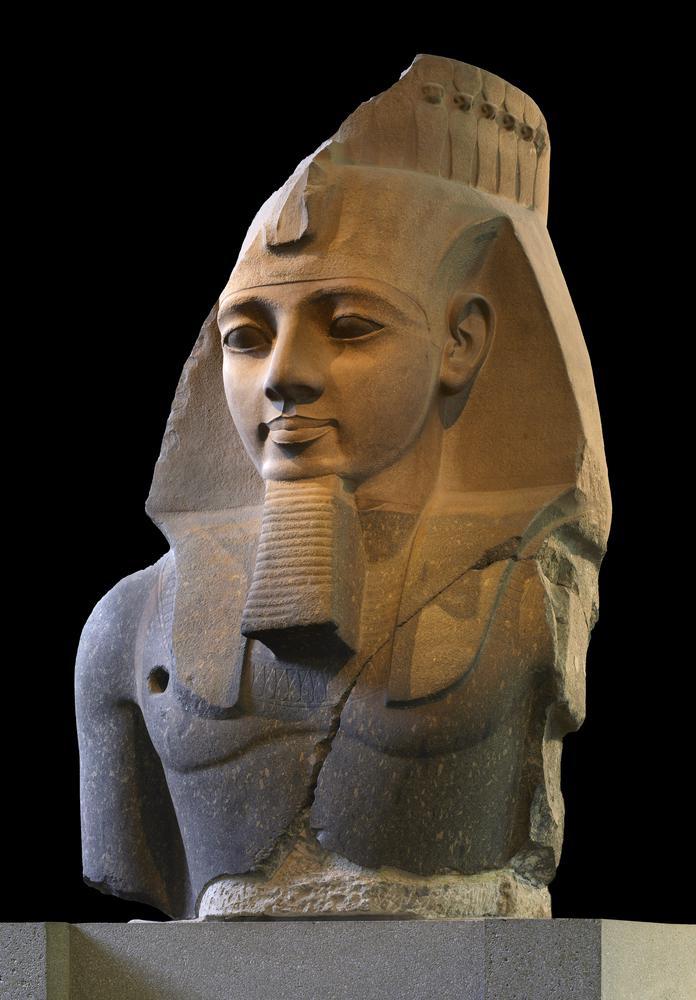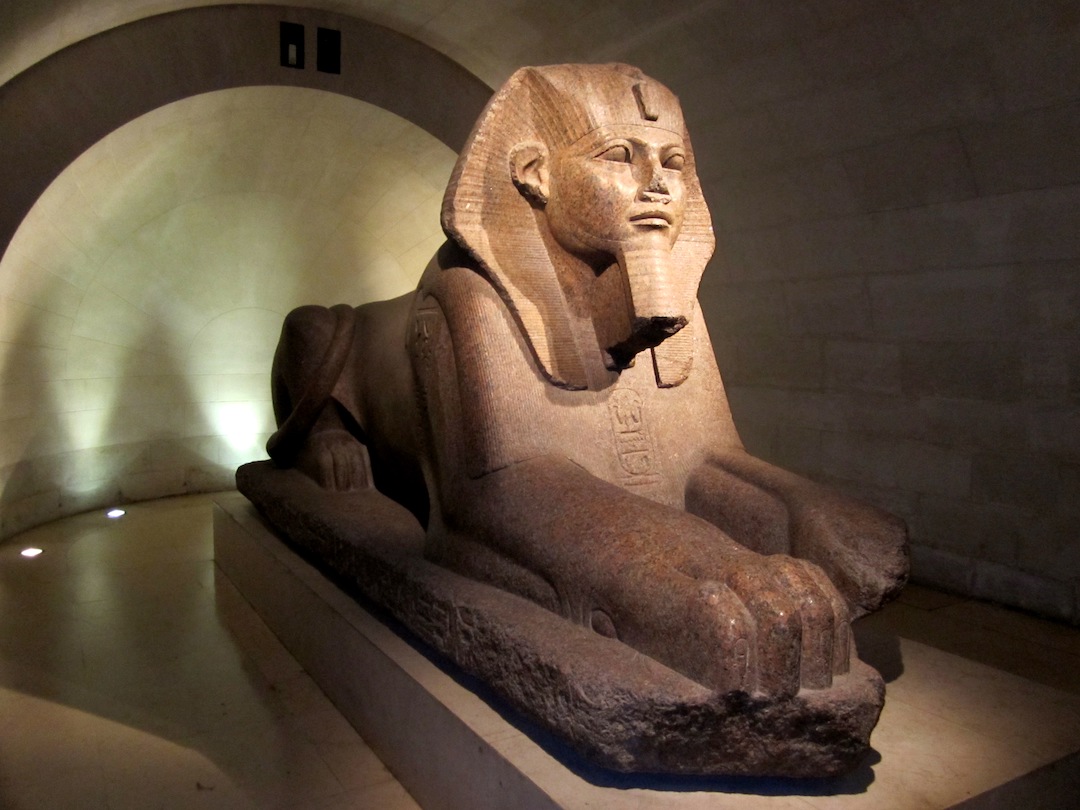The Rosetta Stone and 3 Other Ancient Egyptian Artefacts We Should Get Back!
Ancient Egypt Artefacts egypt Egyptian Culture Egyptian Museum museum rosetta stone
Diana Osman
via Journey To Egypt
Egypt has finally demanded the return of its Rosetta Stone, an ancient Egyptian stele transcribing the meanings of primitive hieroglyphics, from the British Museum. With the Rosetta Stone being a key for understanding the prehistoric writing system utilised throughout Ancient Egypt, and thereby a central feature to our country’s national history, it only makes sense that the scripture is returned and presented within the nation’s borders. The Rosetta Stone is one of a plethora of Egyptian national treasures that are not housed in Egypt but elsewhere around the globe. Here are just a few of the national artefacts we think should be additionally returned and preserved in Egypt!

Bust of Queen Nefertiti
The Bust of Queen Nefertiti is currently in the Neues Museum in Berlin, Germany, where it has been on display since World War II. With the bust being more than 3,000 years old, it is a historical artefact that illustrates the colouration and beauty of one of Egypt’s most iconic Queens. Queen Nefertiti, wife to royal Pharaoh Akhenaten, had a significant role in shaping Egypt’s historical and modern-day culture by starting the wave that moved the country from a polytheistic religion, serving many gods, to a monotheistic one, solely serving a single god: The Sun God, Aton. While German archaeologists originally discovered the bust of Queen Nefertiti, the excavation was funded by the government of Egypt, and we think it would be better and more relevantly displayed at one of Egypt’s local museums, such as the National Museum of Egyptian Civilisation.

Granite Statue of Ramesses II
Like the Rosetta Stone, the fragmented statue of King Ramesses II is also in the British Museum. The British Museum is currently home to over 100,000 ancient Egyptian objects, with the figure of King Ramesses II being the largest. King Ramesses II, known as Ramesses the Great, was an Egyptian Pharaoh celebrated for his architectural endeavours throughout Ancient Egypt. The Pharaoh was notably known for his record-breaking building of more monuments than any of his predecessors. The mighty king was additionally recalled as being a great warrior of his time and ruled Egypt during its golden age. With temples and monuments celebrating King Ramesses II still present in modern-day Luxor, we think the statue of King Ramesses II should also be kept in Egypt.

Great Sphinx of Tanis
Currently residing in the famous Louvre Museum in Paris, France, the Great Sphinx of Tanis is the largest Sphinx sculpture not housed in Egypt. The Sphinx dates to the 26th century BC and is an important depiction of Egypt’s distinguished architectural craftsmanship. It also serves as a symbol for Egypt’s historical attachment to the ‘Sphinx,’ an untouchable creature of spiritual guidance depicted with the head of a Pharaoh attached to the mane of a lion. The Great Sphinx of Tanis is specifically riveting for its ambiguity regarding the identity of the Pharaoh depicted on the creature’s head and its time of creation, both of which remain a mystery to this day. Nevertheless, we believe the Great Sphinx of Tanis should be returned to Egypt to accompany the Great Sphinx of Giza at the Pyramids or serve as a stand-alone Sphinx in one of Egypt’s many local museums!
recommended
 Restaurants
Restaurants
Cairo's Ramen Revival: 5 Must-Try Bowls Around the City
Asian Food Asian Restaurants Cafés
Cafés



